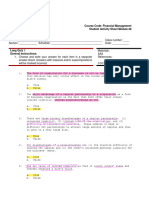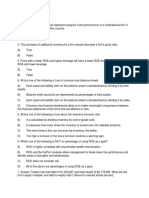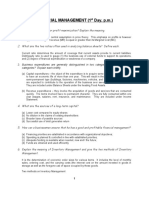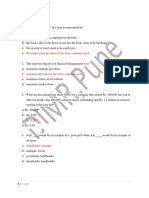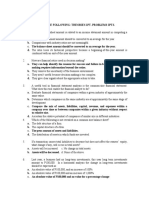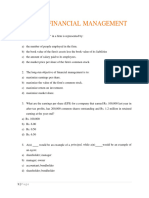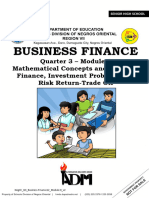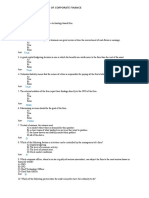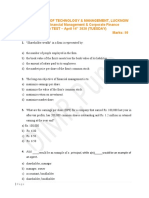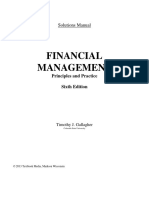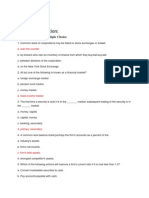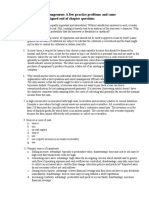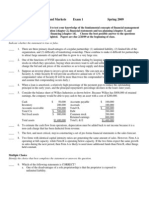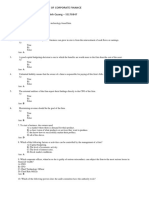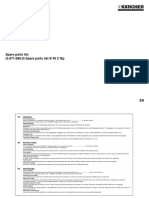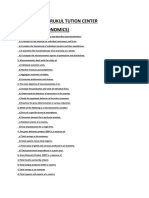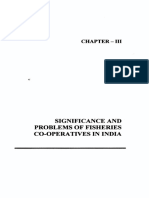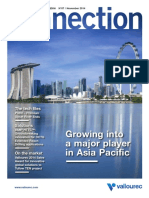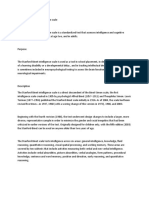0% found this document useful (0 votes)
75 views6 pagesINSTRUCTIONS: Answer The Following Questions. Use: Name: CASTAÑEDA, Jelaena Mai Section: IHL
This document contains a student's answers to questions about business concepts like leverage, breakeven analysis, and how certain events impact a firm's finances. The student uses green font to answer each question in 1-3 concise sentences. They explain how accounts payable, accrued wages, and common stock would typically increase with higher sales. They also analyze how different policy changes would impact a firm's financial requirements and leverage.
Uploaded by
Bern Austin EsguerraCopyright
© © All Rights Reserved
We take content rights seriously. If you suspect this is your content, claim it here.
Available Formats
Download as PDF, TXT or read online on Scribd
0% found this document useful (0 votes)
75 views6 pagesINSTRUCTIONS: Answer The Following Questions. Use: Name: CASTAÑEDA, Jelaena Mai Section: IHL
This document contains a student's answers to questions about business concepts like leverage, breakeven analysis, and how certain events impact a firm's finances. The student uses green font to answer each question in 1-3 concise sentences. They explain how accounts payable, accrued wages, and common stock would typically increase with higher sales. They also analyze how different policy changes would impact a firm's financial requirements and leverage.
Uploaded by
Bern Austin EsguerraCopyright
© © All Rights Reserved
We take content rights seriously. If you suspect this is your content, claim it here.
Available Formats
Download as PDF, TXT or read online on Scribd
/ 6



